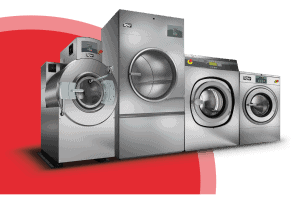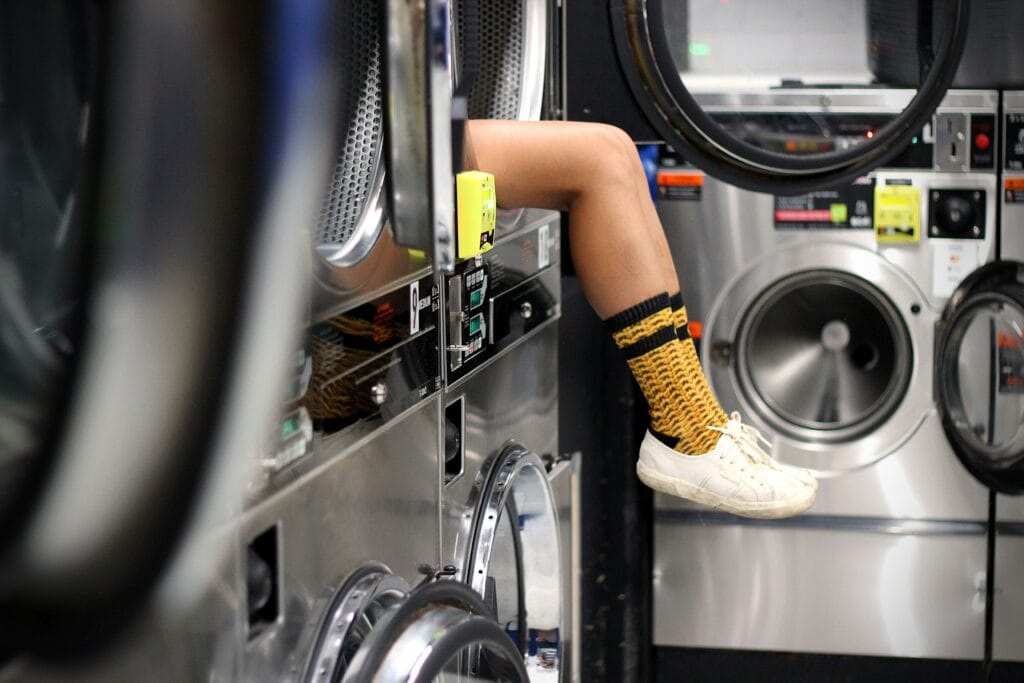Industrial laundries play a crucial role in maintaining hygiene, safety, and comfort. Across various sectors, ranging from hospitality to healthcare, manufacturing, and beyond. These facilities are responsible for cleaning and sanitizing a wide array of textiles, including linens, uniforms, towels, and more. Understanding their importance and implementing best practices is essential for ensuring optimal cleanliness and efficiency.
Importance of Industrial Laundries:
Industrial laundries serve as the backbone of cleanliness and hygiene in numerous industries. Here are some key reasons why they are indispensable:
- Health and Safety: In sectors like healthcare, maintaining clean and sanitized linens and uniforms is critical for preventing the spread of infections and ensuring the well-being of patients, staff, and visitors.
- Customer Satisfaction: In hospitality and service industries, clean linens and uniforms contribute to positive guest experiences, enhancing satisfaction and loyalty.
- Compliance: Industrial laundries often operate under strict regulatory standards to meet hygiene and safety requirements, ensuring compliance with industry-specific guidelines.
- Sustainability: Many industrial laundries are adopting eco-friendly practices, such as water and energy conservation and environmentally friendly detergents, to minimize their ecological footprint.
Industrial Laundries: Importance and Best Practices
To maintain efficiency and quality, industrial laundries should adhere to the following best practices:
- Invest in Quality Equipment: Utilize modern, energy-efficient laundry equipment capable of handling large volumes efficiently while maintaining quality standards.
- Implement Proper Sorting Procedures: Separate textiles based on fabric type, color, and level of soiling to prevent cross-contamination and ensure appropriate washing cycles.
- Use Effective Detergents and Cleaning Agents: Choose detergents and cleaning agents that are suitable for industrial-grade washing machines and effective at removing stains and disinfecting textiles.
- Monitor Water and Energy Usage: Implement measures to conserve water and energy, such as using high-efficiency washers, optimizing load sizes, and recycling wastewater where possible.
- Maintain Rigorous Cleaning and Maintenance Schedules: Regularly clean and maintain laundry equipment to prevent breakdowns and ensure consistent performance. Additionally, establish protocols for cleaning and disinfecting laundry facility surfaces and work areas.
- Train Staff Thoroughly: Provide comprehensive training to laundry personnel on proper handling of textiles, equipment operation, safety protocols, and adherence to quality standards.
Industrial laundries are indispensable for maintaining cleanliness, hygiene, and safety across various industries. By adhering to best practices and investing in quality equipment and procedures. These facilities can continue to uphold their essential role in promoting health, comfort, and satisfaction in their respective sectors.
We invite you to get to know our equipment here.










